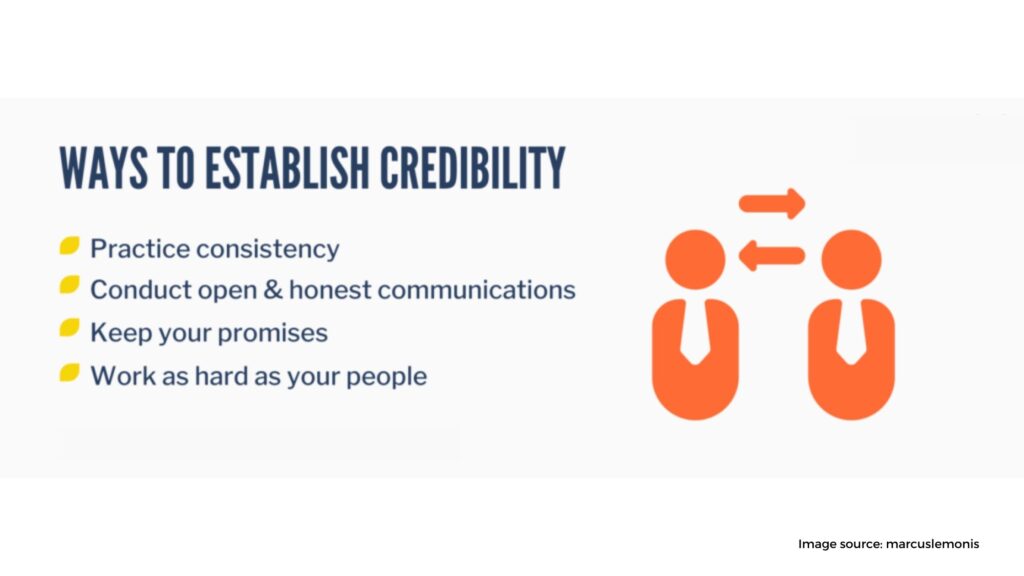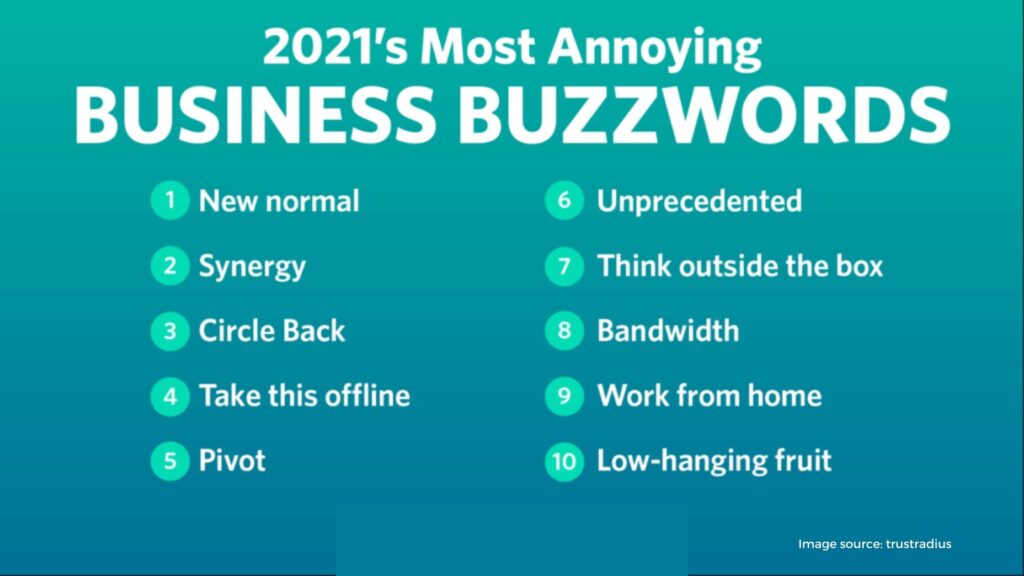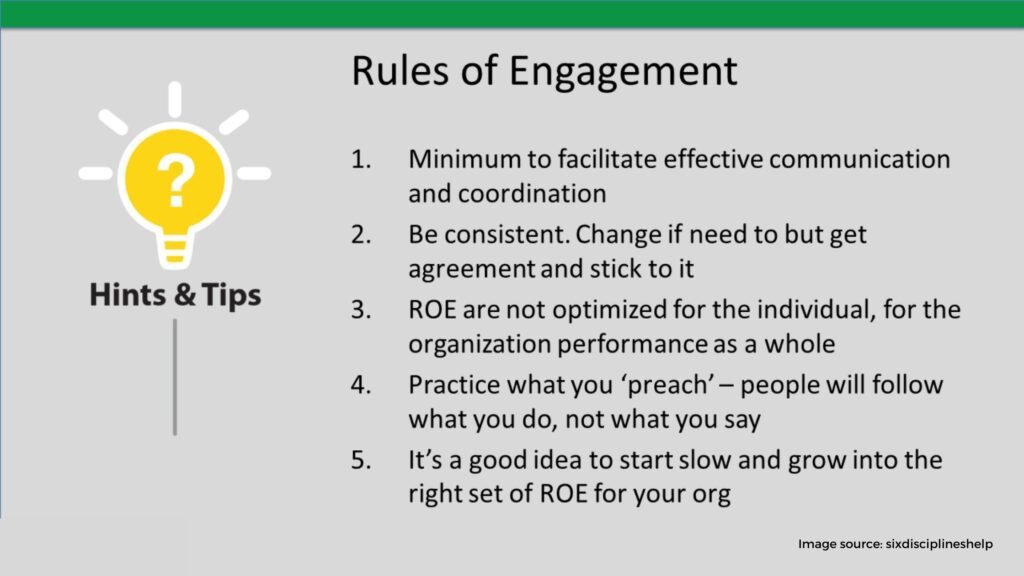In construction, as in every other sector, effective communication is essential. Communication failures on a project may result in thousands – or millions – of dollars in losses. On-site poor communication might lead to safety issues that result in injury or even death.
Customers’ emotional involvement might make things much more complicated. If you thought the drama of Twin Peaks was over-the-top, wait till you meet a homeowner planning their first renovation. Construction and budget misunderstandings can lead to tears, late payments, lawsuits, and 3 a.m. phone calls from upset relatives.
Even the most excellent project managers are struck by ‘the gap in understanding,’ which causes a disconnect between you and your client. Do they fully comprehend their project’s expenditures, deadlines, and intricacies? Is it clear to your customer why delays occur or whether there are any hazards? Are they calm and confident from start to end? Do they realize that you don’t have control over the weather?
If you didn’t respond affirmatively to any of these inquiries, your client service skills probably need work. Follow these seven steps to guarantee satisfied clients and repeat business.
1) Establish credibility immediately by earning trust and demonstrating expertise.

The first meeting with a client should establish a foundation of trust. They want to be confident that you’re the best person for the job. You don’t have to be modest; make sure you inform them about any similar assignments you’ve completed before. Expose your digital portfolio and explain how your previous achievements are relevant to what you’ll do next.
The significance of these early impressions cannot be overstated. Your client’s faith in you now will establish the project’s tone. If they are confident in your abilities, they’re more likely to deal with future issues or delays in good faith. You’ll also avoid receiving a jittery, anxious customer who is looking over your shoulder for the next three months if you come across as insecure or inexperienced.
2) Steer clear of industry jargon and buzzwords.

Construction is your passion in life. You speak its language daily. So it’s easy for you to use phrases like screeding, balloon framing, and backing rods when talking with a customer.
There are many words, phrases, and jargon that have the potential to destroy a good customer experience – this is true for any sector, everywhere. You’re particularly vulnerable in specialized fields like construction. Thousands of terms may appear reasonably normal to builders, engineers, and contractors but would baffle anyone who isn’t in these industries.
When communicating with a non-industry customer, you should avoid using construction industry jargon for two reasons:
1) It impairs clarity. Your customer is less likely to grasp the fine points of their project, and they may be too ashamed to request an explanation. This can result in severe difficulties later on when the outcomes do not live up to expectations.
2) It’s bad manners. Even if you don’t realize it, using a lot of construction jargon might appear deliberate – as though you’re attempting to seem more intelligent than your client. As a result, you’ll probably get labeled with arrogance or thoughtlessness.
The more years you’ve worked in construction, the more difficult it is to identify your usage of jargon.
Take an unbiased buddy (one that isn’t a builder) for coffee and go through your most recent building project in depth. Get them to identify every term or phrase they don’t understand. You may be shocked at how long the list is.
3) Choose a single point of contact.
When things go wrong, one of the most unpleasant aspects for a customer is figuring out who to contact. – I’m worried about the floorboards leaking; should I call Jack the carpenter, John the general contractor, Mandy the plumber, or that guy with the clipboard with a mustache?
There are too many stakeholders in any project, even modest ones: site supervisors, contractors, subcontractors, suppliers, and electricians on large projects. Things get more complicated when architects and consultants join the party. Who is in command?
Your contract may state that the internal chain of command is outlined there, which is essential for all teams to operate smoothly. What’s often neglected is that your customer may not be familiar with this hierarchy, especially if they haven’t read the fine print.
The person you choose should have the power to communicate with the team and make executive decisions. This individual should have some authority and be ready to share information with the group and make administrative judgments. Create a method for your client to contact you. Make it clear if there is genuinely a need for a specialist contact – don’t expect your client to
‘This is more than simply about convenience. Customers are more inclined to feel that everything is going well if they only have one point of contact (even when there’s internal turmoil!). It makes it simpler for you to keep uniformity in your communication, and there’s less chance of misunderstanding.
4) Practice active listening
Are you a decent listener? The fact is that the majority of us aren’t. Research has revealed that we only remember 25 and 50 percent of what we hear. Texting, emails, and emojis instead of having a verbal exchange makes it worse in some ways because technology has reduced our communication techniques – how often do you text
Many professional organizations now provide training in ‘active listening,’ which is a method of hearing that focuses on the speaker rather than allowing your thoughts to wander.
Good client management is impossible without excellent active listening. You can often solve issues, enhance accuracy, and prevent conflict simply by paying attention to your customers. Unfortunately, many marriages are destroyed because of poor listening, so I’ll go out on a limb and say that lousy customer interaction can also ruin an already stressful business relationship!
Here are some active listening suggestions:
- Speed. Some people process information more slowly than others. If they have a poor communication style, try to speak at the same rate.
- Mirroring. Match their movements and expressions subtly. Not in a mime manner, but just enough to convey empathy and compassion.
- Questioning. To show attention and clarify statements, ask pertinent questions. Interrupting is never a good idea; make use of natural pauses instead.
- Make eye contact. This boosts the energy of your speaker by letting you indicate that you are listening. However, overdoing it may be scary! Use your judgment to determine the optimum amount.
- Reflection. Rephrase what the person has said and repeat it back to them. This demonstrates your comprehension or allows them to correct you if necessary.
This is the most crucial aspect of all. You can avoid many misunderstandings by repeating yourself to the customer. It might feel unnatural at first, but you’ll prevent many problems.
5) Define the rules of engagement

I’m not talking about some complex military protocol. I’m referring to business-related rules of engagement, such as establishing communication and behavior standards.
Why are rules necessary? Because each customer has unique communication expectations. You could be handling a remodeling project for a first-time homeowner concerned about the house being their pride and joy. Even minor decisions like spitting send them into a tailspin. They want to hear from you by phone at least four times per day.
On the other hand, your customer may be an overseas speculator who doesn’t want to waste time discussing everything. Maybe they have several projects going at once and don’t mind minor details as long as everything is completed. They want a monthly phone call or letter reporting on their progress, with no additional demands.
Whatever sort of customer they are, you must first determine this to avoid disappointments. So here are some excellent things to discuss:
- Who will be receiving the updates and reports?
- What methods of communication will you utilize?
- What information from the client do you need, and when?
- Who is the key contact person for the client?
- Is there a preferred time or day when one party doesn’t want to communicate with the other?
6) Use visual technology
Your client has invested a significant amount of money in making their fantasy a reality – they want to know what they’re receiving. This demand has been met with technological advances, and hand-drawn sketches or a few photographs will no longer cut it. Clients now expect immersive 3D representations of structures that do not exist. They want beautifully rendered CGI images with imitation trees and smiling artificial people. It’s your duty as an architect to offer them this virtual experience.
Don’t be scared – even the tiniest building companies may compete in this area. Technology has evolved rapidly, and there are more cost-effective tools than ever before. For example, you may use visual technology to revolutionize how you communicate with clients by understanding their vision (and yours). Previously impossible things are now possible thanks to new technologies.
7) Be transparent
Setbacks, and unanticipated expenditures are inevitable in the construction business. I’m sure you’re aware of the numerous things that can go wrong – suppliers drop out, subcontractors vanish, schedules conflict and even bad weather can cause delays. Fortunately, most clients realize this and aren’t expecting everything to go perfectly 100 percent of the time.
But if your invoice isn’t clear, the problem gets much worse. You can’t just tack on extra hours or charges to an invoice without providing a reason. So how can you keep track of every little cost and minute of scope creep on a large project?
The first step is to be clear about your billing process and procedures from the very beginning. In this way, there are no surprises when it comes time to pay up. You should also have a contract in place that spells out how you’ll be paid so there are no misunderstandings later on. Finally, make sure you keep excellent records throughout the project – this will save you a lot of headaches down the road.
8) Lastly, Keep your cool
No matter how well you communicate with your clients, there will always be occasional disagreements. It’s inevitable. The important thing is to keep your cool and handle the situation professionally.
The first step is to listen to your client’s concerns without getting defensive. You need to understand where they’re coming from before you can start working on a solution. Once you’ve done that, you can begin to negotiate a compromise that will satisfy both parties.
It’s also important to remember that not every client will be happy all the time. Therefore, it would be best if you were prepared for the occasional complaint and plan how you’ll respond. By following these tips, you can turn a negative situation into a positive one and build stronger relationships with your clients.





